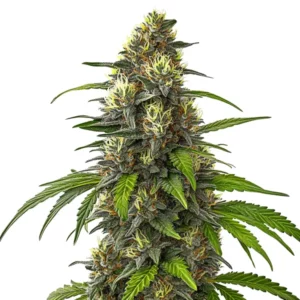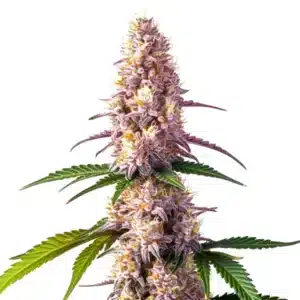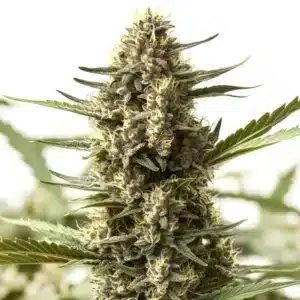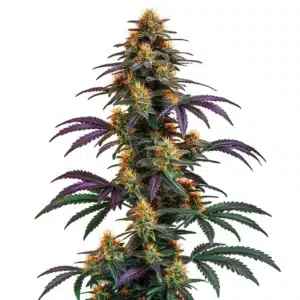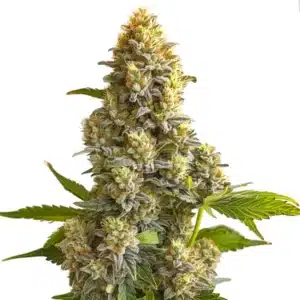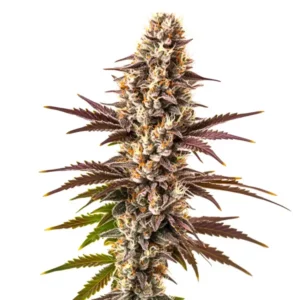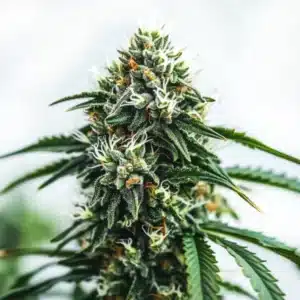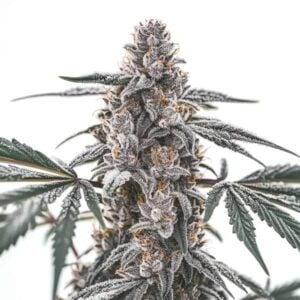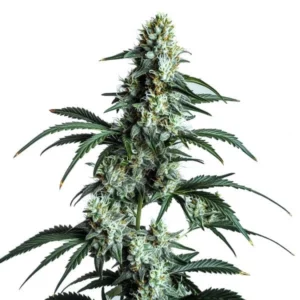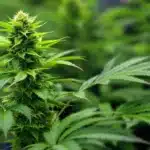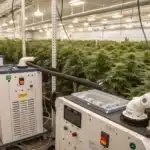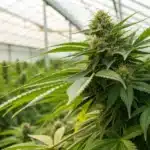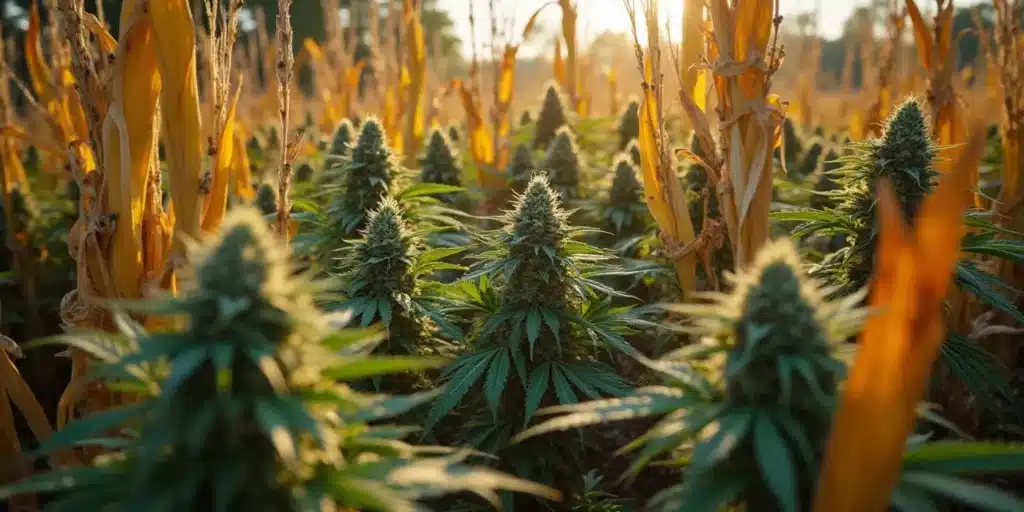
Biointensive Growing: A Sustainable Approach to Organic Farming
Key Insights into Biointensive Growing
Biointensive growing is a unique approach to organic farming that emphasizes the use of natural resources to the fullest. Unlike traditional farming methods, biointensive techniques focus on soil fertility and crop diversity, leading to high yield without depleting natural resources. This sustainable farming approach has gained traction globally, offering a viable solution to current environmental challenges.
At the core of biointensive growing is the concept of ‘living soil.’ It’s a method that nurtures soil health by encouraging biodiversity. It optimizes the use of space, saves water, and reduces the need for artificial fertilizers. The success of biointensive growing lies in its strategic combination of traditional farming techniques and modern scientific research.
Recommended Strains
Cafe Racer
|
|
THC | 25% (High) |
|
|
Type | Feminized |
|
|
Yield | Medium |
|
|
Phenotype | 30% Indica / 70% Sativa |
Cafe Racer Autoflower
|
|
THC | 19% - 24% (Medium) |
|
|
Type | Autoflowering |
|
|
Yield | High |
|
|
Phenotype | 50% Indica / 50% Sativa |
Promos & Deals
Biointensive Growing Methods and Their Benefits
Biointensive farming methods integrate various techniques to achieve sustainability and high yields. These include double-digging, intensive planting, composting, companion planting, and carbon farming. Each method is designed to work in harmony with the others, creating an efficient and productive farming system.
Double-digging, for instance, involves tilling the soil to a depth of two feet. This process loosens the soil, allowing plant roots to penetrate deeper and access more nutrients. Intensive planting involves planting crops close together, reducing water evaporation and suppressing weed growth.
Benefits of Biointensive Growing
Biointensive growing methods benefits are numerous. For starters, this approach reduces water usage by up to 67% compared to conventional farming. The method also increases soil fertility and promotes biodiversity, creating a healthier and more resilient ecosystem.
Moreover, biointensive growing practices contribute to carbon sequestration, storing carbon in the soil rather than releasing it into the atmosphere. This process not only improves soil health but also mitigates climate change. Additionally, the method results in higher yields per unit area, making it especially beneficial for small-scale farmers or gardeners with limited space.
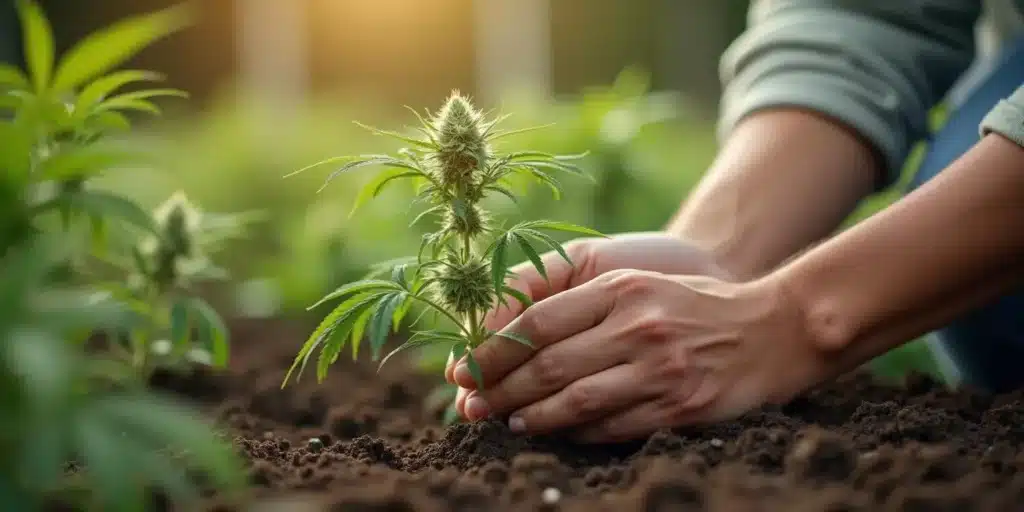
Favored Crops for Biointensive Growing
The best crops for biointensive growing are those that offer high yields and nutrition per unit area. These include root crops, leafy greens, legumes, and grains. Root crops like potatoes and carrots are particularly well-suited to biointensive methods because they benefit from the deep, loose soil created by double-digging.
Leafy greens like lettuce and spinach thrive in the high-density planting layout used in biointensive growing. Similarly, legumes and grains can be densely planted, maximizing yield per square foot. Besides, legumes enrich the soil with nitrogen, improving soil fertility.
Steps to Initiate Biointensive Growing
How to start biointensive growing? It begins with a thorough understanding of the method and its principles. Next, you need to prepare your garden by double-digging the soil and adding compost. Then, select suitable crops for biointensive growing, considering factors like climate, soil type, and personal consumption needs.
Remember to practice crop rotation and companion planting to maintain soil health and deter pests. Lastly, save seeds from your best plants for the following growing season. This not only saves money but also helps you develop plant varieties that are ideally suited to your specific growing conditions.
Biointensive Growing vs Traditional Farming
Biointensive growing differs significantly from traditional farming in its approach to soil health, water usage, and biodiversity. Traditional farming often relies on chemical fertilizers and pesticides, which can harm the environment and deplete soil fertility over time. Conversely, biointensive growing places a strong emphasis on organic, sustainable practices that enrich the soil and protect the ecosystem.
Moreover, traditional farming tends to prioritize single-crop farming, which can leave the soil vulnerable to pests and diseases. On the other hand, biointensive growing encourages biodiversity through crop rotation and companion planting, leading to healthier, more resilient gardens.
Biointensive Growing: A Crucial Element for Sustainable Farming
The influence of biointensive growing on sustainable farming is profound. As an organic and resource-efficient method, it offers a practical solution to many environmental challenges associated with conventional farming. By focusing on soil health, water conservation, and biodiversity, biointensive growing not only boosts crop yield but also promotes long-term sustainability.
Moreover, biointensive growing plays a vital role in promoting food security. It enables farmers to grow more food on less land, making it an effective strategy to feed the world’s growing population without depleting natural resources.
The Future of Farming Lies in Biointensive Growing
Given its many benefits, it’s clear that the future of farming lies in biointensive growing. This approach offers a sustainable and efficient way to grow food, making it increasingly popular among farmers and gardeners worldwide. As climate change and food insecurity continue to pose significant challenges, biointensive growing offers a viable solution.
Beyond its environmental benefits, biointensive growing also has economic advantages. By maximizing yield per unit area, it can increase profits for small-scale farmers. Moreover, by reducing reliance on purchased inputs like fertilizers and pesticides, it can lower farming costs in the long run.
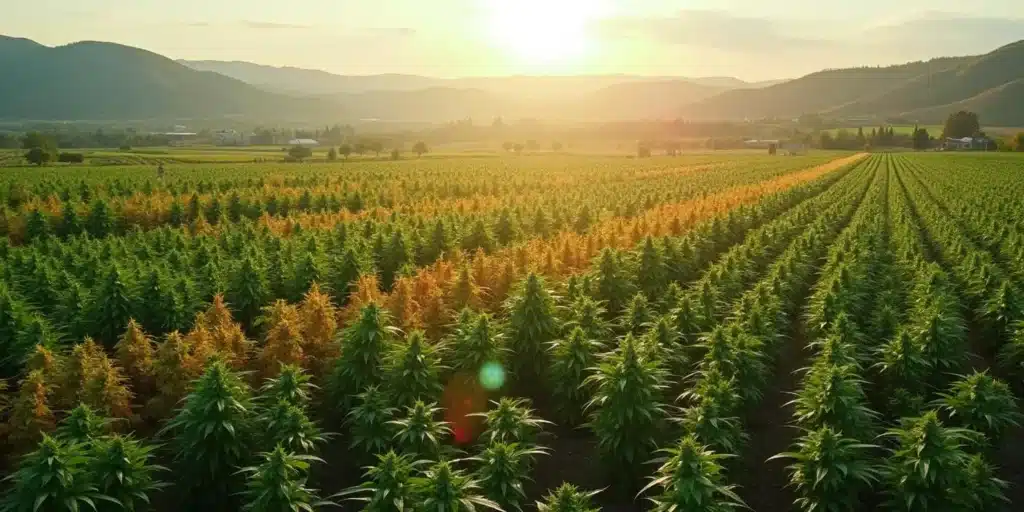
Applying Biointensive Growing Techniques for Optimal Yields
Implementing biointensive growing techniques is key to achieving high yields. As mentioned earlier, these techniques include double-digging, intensive planting, composting, and companion planting. Each has a specific role in creating a productive and sustainable garden.
For instance, cannabis strains like Northern Lights Auto and Wombat from blimburnseeds.com can thrive under biointensive practices, given their ability to maximize space usage and nutrient absorption. Regular composting, meanwhile, ensures a steady supply of nutrients, while companion planting can deter pests and promote plant health.
Addressing Challenges in Biointensive Agriculture for a Sustainable Future
While biointensive agriculture offers numerous benefits, it comes with its own set of challenges. For instance, the double-digging technique can be labor-intensive, and the high-density planting layout requires careful planning and management.
Nevertheless, the rewards of biointensive growing, higher yields, soil health, water conservation, and sustainability, far outweigh these challenges. With proper knowledge and practice, you can overcome these hurdles and build a productive, resilient, and sustainable garden.
Frequently Asked Questions
What is Biointensive Growing?
Biointensive growing is a method of organic farming that maximizes the efficient use of natural resources. It aims to increase yield per unit area while preserving soil fertility and biodiversity. This method involves specific techniques such as double-digging, intensive planting, composting, and companion planting.
Biointensive growing places a strong emphasis on soil health, believing that a healthy soil leads to healthy plants. It promotes the use of compost to enrich the soil, and encourages crop rotation and companion planting to maintain soil fertility and deter pests.
How Does Biointensive Growing Benefit the Environment?
Biointensive growing benefits the environment in numerous ways. It reduces water usage by up to 67%, thanks to the high-density planting layout that minimizes water evaporation. It also promotes soil health and biodiversity, creating a balanced ecosystem.
Furthermore, biointensive growing practices contribute to carbon sequestration, storing carbon in the soil rather than releasing it into the atmosphere. This helps mitigate climate change. Also, by reducing reliance on chemical fertilizers and pesticides, biointensive growing minimizes pollution and protects the health of both the environment and the farmers.
What Crops are Suitable for Biointensive Growing?
The best crops for biointensive growing are those that offer high yields and nutrition per unit area. These include root crops like potatoes and carrots, leafy greens like lettuce and spinach, legumes, and grains. Certain cannabis strains, such as Northern Automatic and Wombat from blimburnseeds.com, can also thrive under biointensive practices.
When choosing crops for biointensive growing, consider factors such as your local climate, soil type, and personal consumption needs. Also, remember to practice crop rotation to maintain soil health and deter pests.
How Can I Start Biointensive Growing?
To start biointensive growing, begin by learning about the method and its principles. Prepare your garden by double-digging the soil and adding compost. Select suitable crops for biointensive growing, considering factors like your local climate, soil type, and consumption needs.
Practice crop rotation and companion planting to maintain soil fertility and deter pests. Save seeds from your best plants for the following growing season. This not only saves money but also helps you develop plant varieties that are ideally suited to your specific growing conditions.
Is Biointensive Growing Better Than Traditional Farming?
Biointensive growing offers several advantages over traditional farming. It promotes soil health, reduces water usage, and encourages biodiversity, leading to healthier, more sustainable gardens. Biointensive growing also results in higher yields per unit area, making it especially beneficial for small-scale farmers or gardeners with limited space.
Unlike traditional farming, which often relies on chemical fertilizers and pesticides, biointensive growing uses organic, sustainable practices that enrich the soil and protect the ecosystem. By focusing on long-term sustainability rather than short-term gains, biointensive growing offers a more viable and responsible approach to farming.



